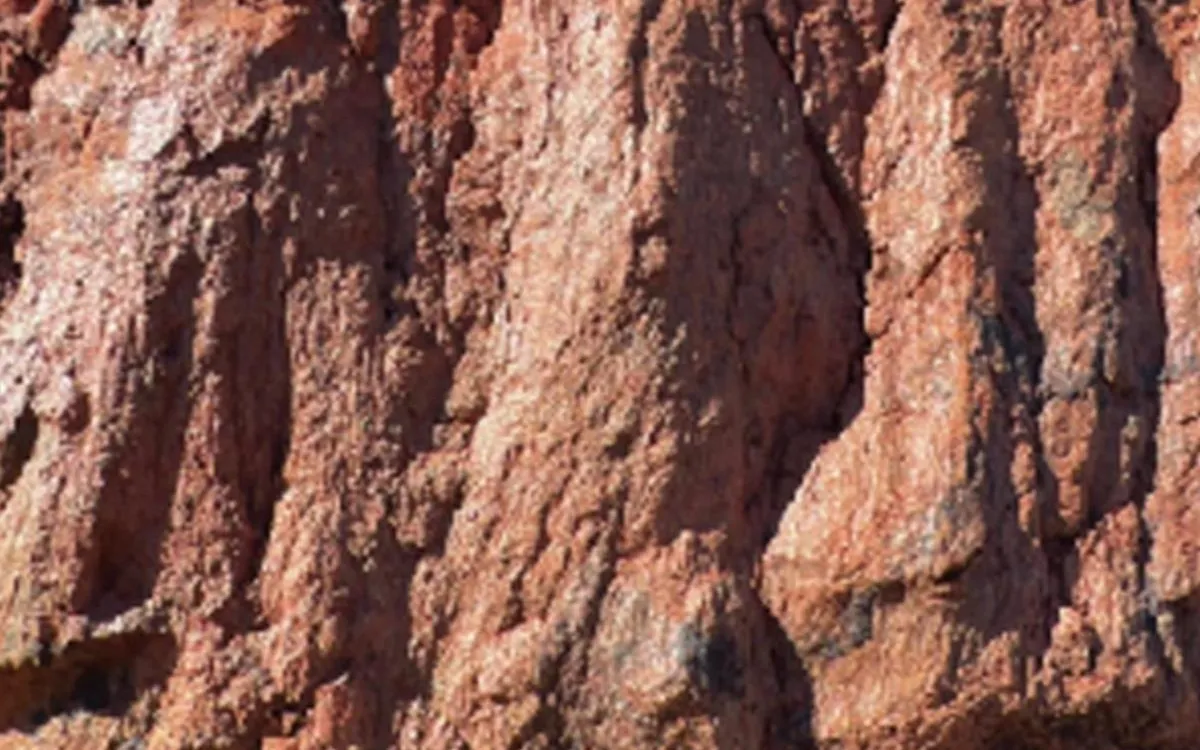
In a groundbreaking discovery, scientists have identified the oldest impact crater on Earth, which significantly alters our understanding of the planet's history and the origins of life. This ancient meteorite impact, dating back an astonishing 3.5 billion years, far surpasses the previous record-holder, which was only 2.2 billion years old. The implications of this discovery suggest that Earth has experienced massive impacts that have yet to be documented, and that these ancient craters may have been critical in the emergence of life.
The research team utilized unique geological features known as shatter cones, which are created by the extreme pressure resulting from a meteorite strike. Tim Johnson, a researcher from Curtin University, explained, “We know large impacts were common in the early solar system from looking at the Moon. Until now, the absence of any truly ancient craters means they are largely ignored by geologists.” This study provides a crucial piece of the puzzle concerning Earth's impact history and hints at the potential existence of many more ancient craters waiting to be discovered.
The findings from this research may not only enhance our understanding of where early life thrived but also inform us about the continents on which life continues to flourish today. Chris Kirkland, another professor from Curtin, stated, “Uncovering this impact and finding more from the same time period could explain a lot about how life may have got started, as impact craters created environments friendly to microbial life such as hot water pools.” This insight into early life’s potential habitats is invaluable for scientists studying the origins of life on our planet.
Professor Kirkland further elaborated on how this ancient impact could have influenced the formation of Earth's crust. He noted, “It also radically refines our understanding of crust formation: the tremendous amount of energy from this impact could have played a role in shaping early Earth’s crust by pushing one part of the Earth's crust under another, or by forcing magma to rise from deep within the Earth's mantle toward the surface.” This discovery may even shed light on the formation of cratons, which are large, stable landmasses that serve as the foundation of modern continents.
The findings of this significant study, titled ‘A Paleoarchaean impact crater in the Pilbara Craton, Western Australia’, are published in the journal Nature Communications. This research not only broadens our understanding of Earth's geological history but also opens up new avenues for exploring the conditions that fostered the emergence of life on our planet.